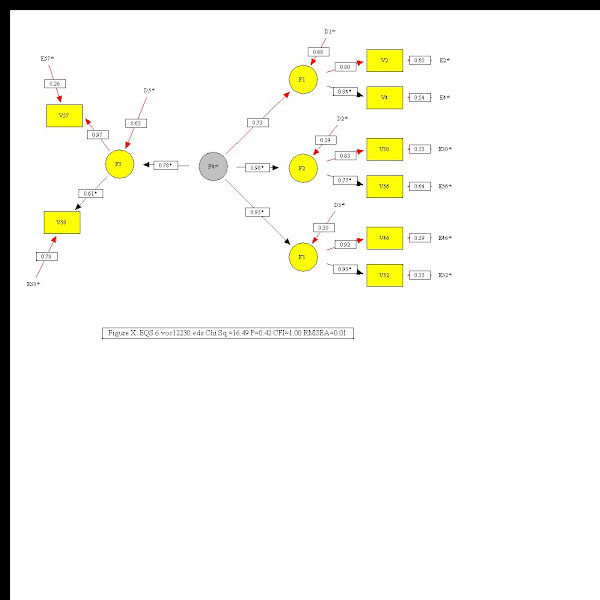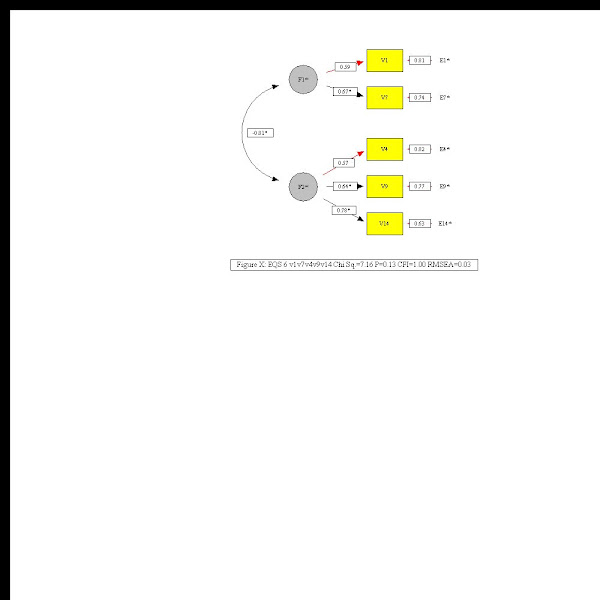First published in in the May/June 2010 issue of Management and Operations, this article is the second of two focusing on incentivized marketing and the perceptual distinction between the value of the premium as advertised by the marketer...and the worth of that premium as demonstrated by the prospect. Think, sizzle and fizzle.
In our concluding piece, we illustrate the credibility index, put the giddy-up back in membership resort marketing, and evolve Premium Perception Disconnect to Premium Perception Arbitrage by transforming this:
p(S-C)(1-p)($0-C) > $0,
to this:
(ci)(S-C) [1-(ci)]($0-C) > $0.
By matching premium spend to stipulated show-rate, we show how to bring those ever-precious risk neutrals back to the Sales Center. Yes, we know, we know: it can't be done. On the other hand, Sparky, the earth used to be flat.
The link below takes you to the full article.
http://resorttrades.com/articles.php?showMag=Management&act=view&id=643
The link below takes you to the full article.
http://resorttrades.com/articles.php?showMag=Management&act=view&id=643






